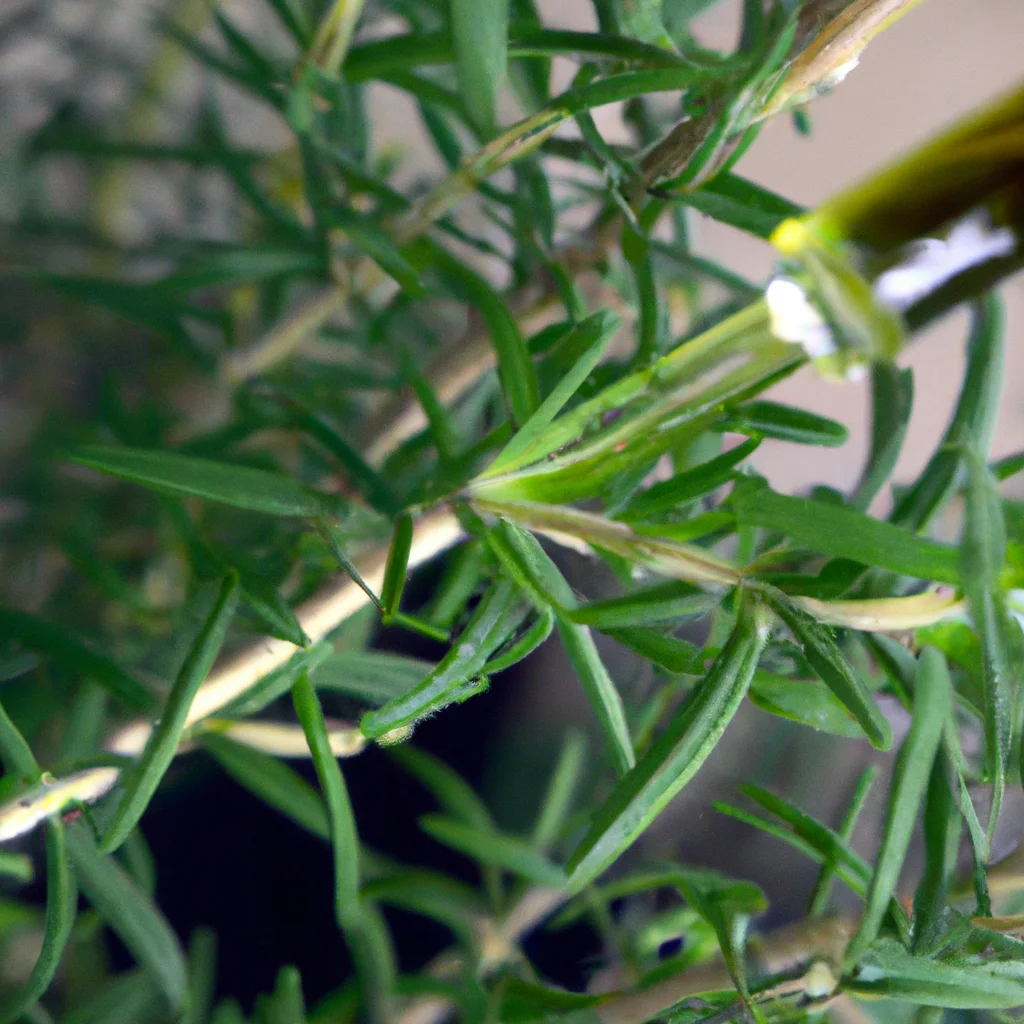How are essential oils extracted from plants?


Essential oils have been used for centuries in various cultures for their therapeutic and medicinal properties. These oils are extracted from plants and are used in aromatherapy and natural remedies. In this article, we will explore the different methods of extracting essential oils from plants, including the distillation process, steam distillation, solvent extraction, and cold pressing.
Distillation Process
The distillation process is the most common method of extracting essential oils from plants. It involves heating the plant material in water to create steam, which is then condensed to extract the oil. The process is carried out in a distillation apparatus, which consists of a boiler, a condenser, and a collection vessel.
The plant material is placed in the boiler, and water is added to create steam. The steam carries the essential oil out of the plant material and into the condenser, where it is cooled and collected in the collection vessel. The resulting liquid is a mixture of water and essential oil, which is then separated using a separating funnel.
Steam Distillation
Steam distillation is a variation of the distillation process and is used to extract essential oils from plants that are sensitive to heat. In this method, the plant material is placed in a container above boiling water, and steam is passed through the plant material. The steam carries the essential oil out of the plant material and into a condenser, where it is cooled and collected.
Solvent Extraction
Solvent extraction is used to extract essential oils from plants that are too delicate for distillation or steam distillation. In this method, a solvent such as hexane is used to dissolve the essential oil from the plant material. The resulting mixture is then filtered, and the solvent is evaporated, leaving behind the essential oil.
Cold Pressing
Cold pressing is used to extract essential oils from citrus fruits such as oranges, lemons, and grapefruits. In this method, the fruit is first mechanically squeezed to extract the juice, and then the juice is separated from the pulp. The essential oil is then extracted from the peel of the fruit using a press.
Uses of Essential Oils
Essential oils have been used for centuries in various cultures for their therapeutic and medicinal properties. They are used in aromatherapy to promote relaxation, reduce stress, and alleviate anxiety. Essential oils are also used in natural remedies for a variety of conditions such as headaches, muscle pain, and digestive issues.
Essential oils are also used in plant-based medicine and herbal medicine. They are used to treat a wide range of conditions such as respiratory infections, skin conditions, and digestive issues. Essential oils are also used in cosmetic products such as perfumes, lotions, and soaps.
Conclusion
Essential oils are extracted from plants using various methods such as distillation, steam distillation, solvent extraction, and cold pressing. Each method has its advantages and disadvantages and is used depending on the type of plant being extracted. Essential oils are used in aromatherapy, natural remedies, plant-based medicine, and herbal medicine. They have many therapeutic and medicinal properties and have been used for centuries in various cultures. If you are interested in using essential oils, it is important to do your research and consult with a healthcare professional before using them for medicinal purposes.
Recent Posts
How do I create an engaging and informative online quiz or assessment?
Creating an engaging and informative online quiz or assessment can be a powerful tool for… Read More
What are the most effective methods for managing and reducing work-related stress in the hospitality industry?
Work-related stress is a common issue in the hospitality industry, where employees often face long… Read More
How can I improve my assertiveness and communication skills in a leadership position?
In a leadership position, assertiveness and effective communication skills are crucial for success. Being able… Read More
What are the key elements of a successful employee recognition and rewards program?
Employee recognition and rewards programs play a crucial role in motivating and engaging employees, as… Read More
How do I effectively manage and respond to customer feedback and reviews?
Customer feedback and online reviews play a crucial role in shaping a company's reputation and… Read More
What are the best strategies for effective time management as a stay-at-home parent?
Effective time management is crucial for stay-at-home parents who juggle multiple responsibilities on a daily… Read More